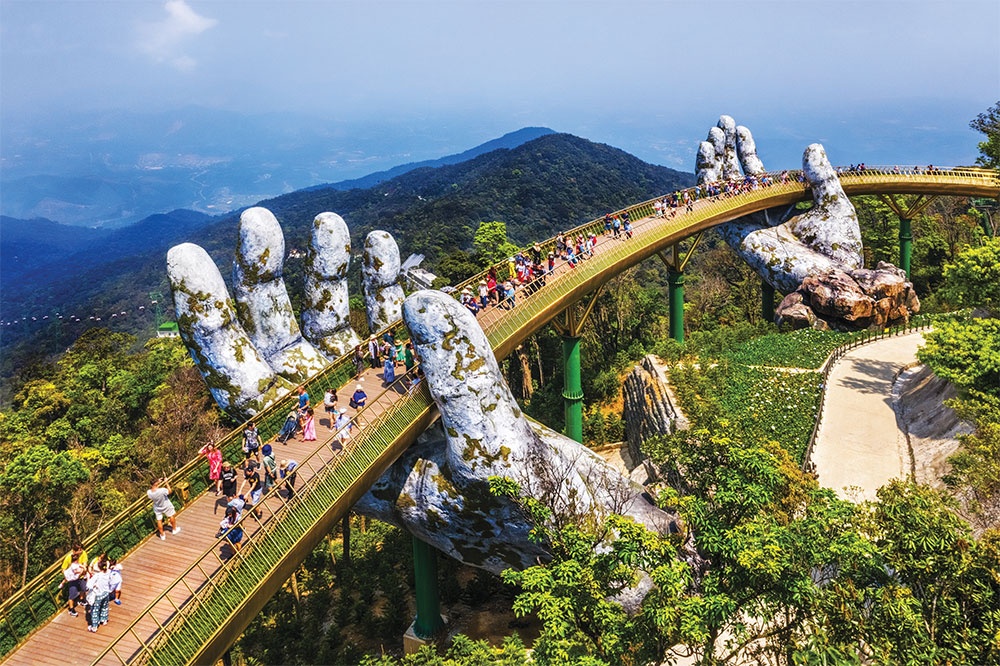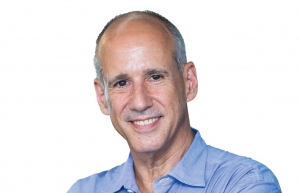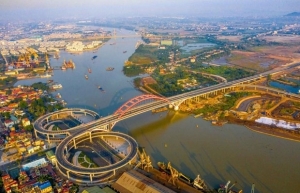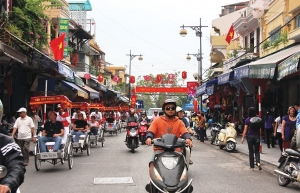Training a necessity to equip tourism staff for next boom
 |
| Tourists are lapping up the nation’s major attractions, but service levels are not yet where they should be, Photo: Shutterstock |
Addressing the lack of a quality workforce has emerged as a top priority for the tourism sector, Cao Thi Ngoc Lan, standing vice chairwoman of the Vietnam Tourism Association (VTA), highlighted the severe labour scarcity throughout the nation, particularly during busier seasons.
She also emphasised the lack of qualified employees, especially for senior management positions. Additionally, the disparity in manpower between regions contributes to poor service in some areas.
“The tourism sector requires 485,000 workers to staff accommodation facilities,” Lan said. “Between now and 2030, Vietnam is anticipated to experience strong tourism development and will require an additional 60,000 workers per year. However, vocational institutions and colleges of tourism can only supply 15,000 workers per year.”
The VTA has proposed that the government issue a new programme to restore jobs in the tourism industry. In particular, the government could support training costs for employees, with 50 per cent of training costs covered from the central or local budget and implemented over the next two years.
With Vietnam fully reopening borders for international tourism a year ago, many travel and hospitality service providers across the country faced a major shortage of qualified staff. Even now, many companies are struggling to run their businesses due to a lack of employees.
According to Nguyen Van Tai, CEO of VietSense Travel, many tourism workers have changed their careers and only some have returned to their original employment.
“Hotels and tourism businesses have been in fierce competition to recruit talent. There is a shrinking number of students enrolled in tourism training institutions, leading to a shortage of newly graduated workers. Many employees have also not sharpened their professional skills or foreign language abilities,” Tai said.
According to Nuno F. Ribeiro, senior lecturer in Tourism and Hospitality Management at RMIT University Vietnam, the severe imbalance between the supply and demand for qualified labour in tourism has been a persistent issue for years, even before the pandemic hit.
“Before 2020, statistics indicated that only 42 per cent of the tourism workforce had any training in the industry, 38 per cent came from other sectors, and 20 per cent had no training at all,” Ribeiro said.
He recommended that the tourism sector make a concerted effort to provide incentives to recover trained employees, re-qualify older employees, and above all, invest heavily in training facilities at all levels and develop hospitality schools with internationally recognised curricula.
“One thing the government can do is offer tax incentives for private and not-for-profit organisations that provide tourism and hospitality training and certification,” he said. “Many businesses have excellent facilities that lend themselves well to on-the-job training, provided the costs are accounted for. This would expand the reach of educational and qualification efforts in tourism and hospitality in Vietnam, which currently are insufficient.”
According to the Vietnam Tourism Development Strategy to 2030, the industry needs more than 3 million workers, of whom about 1 million are direct workers. The Ministry of Culture, Sports, and Tourism (MoCST) has also developed a project to develop the tourism workforce to adapt to the impact of the recent pandemic.
The strategy noted that, over the past year, training and retraining was being organised for 100 per cent of the tourism workforce, including knowledge and skills related to pandemic prevention and control, expertise, foreign languages, and other necessary complementary skills.
In 2019, Vietnam’s tourism sector employed over 2.5 million people, including 750,000 direct employees. A report by the MoCST revealed that up to 60 per cent of the tourism workforce quit their jobs, had their contracts terminated, or took a break from work over 2020.
In 2021 during Vietnam’s pandemic peak, the number of full-time tourism employees was down to 25 per cent of the 2020 level, and about 30 per cent quit their jobs or had their contracts terminated.
 | Ensuring tourism gets back on course Norbert Vas, vice president of Business Development at Archipelago International, talked to VIR’s Tra My about the potential and challenges of Vietnam’s tourism market in 2023 and the prospects of foreign brands looking to expand their influence here. |
 | Vietnam’s tourism sector has witnessed a recovery I appreciate the efforts of the Vietnamese government in supporting businesses, but the authorities can and should do more to further develop the economy. |
 | Hai Phong moves to boost tourism development The tourism sector of the northern port city of Hai Phong will focus on developing sports and yacht tourism towards attracting more holiday-makers with high spending power, according to the municipal Department of Tourism. |
 | Tactics bulked up to meet tourism targets With a target of $28.3 billion in revenue, contributing 5 per cent of the country’s GDP, Vietnam’s tourism sector needs a clear strategy if it is to have a successful 2023. |
What the stars mean:
★ Poor ★ ★ Promising ★★★ Good ★★★★ Very good ★★★★★ Exceptional
Related Contents
Latest News
More News
- Vietjet launches daily Manila flights to celebrate year-end festive peak season (December 05, 2025 | 13:47)
- The destinations powering Vietnam’s festive season travel demand (December 04, 2025 | 18:33)
- Vietnam named among the world’s most exciting winter destinations (December 04, 2025 | 15:10)
- Phu Tho emerges as northern Vietnam’s new tourism hub (December 01, 2025 | 17:00)
- Vietjet completes Airbus A320/A321 updates ahead of deadline (December 01, 2025 | 09:49)
- Vietjet resumes Con Dao flights from early December (November 28, 2025 | 15:24)
- Free tickets, Lunar New Year promotions on offer at Vietjet Mega Livestream (November 26, 2025 | 15:32)
- Scandinavian Airlines and Vietnam Airlines broaden agreement with new routes (November 25, 2025 | 17:04)
- Halong Cruise Port welcomes over 3,100 international visitors (November 12, 2025 | 18:06)
- Vietnam.travel climbs to second place in Southeast Asia website rankings (November 12, 2025 | 18:01)

 Tag:
Tag:

















 Mobile Version
Mobile Version